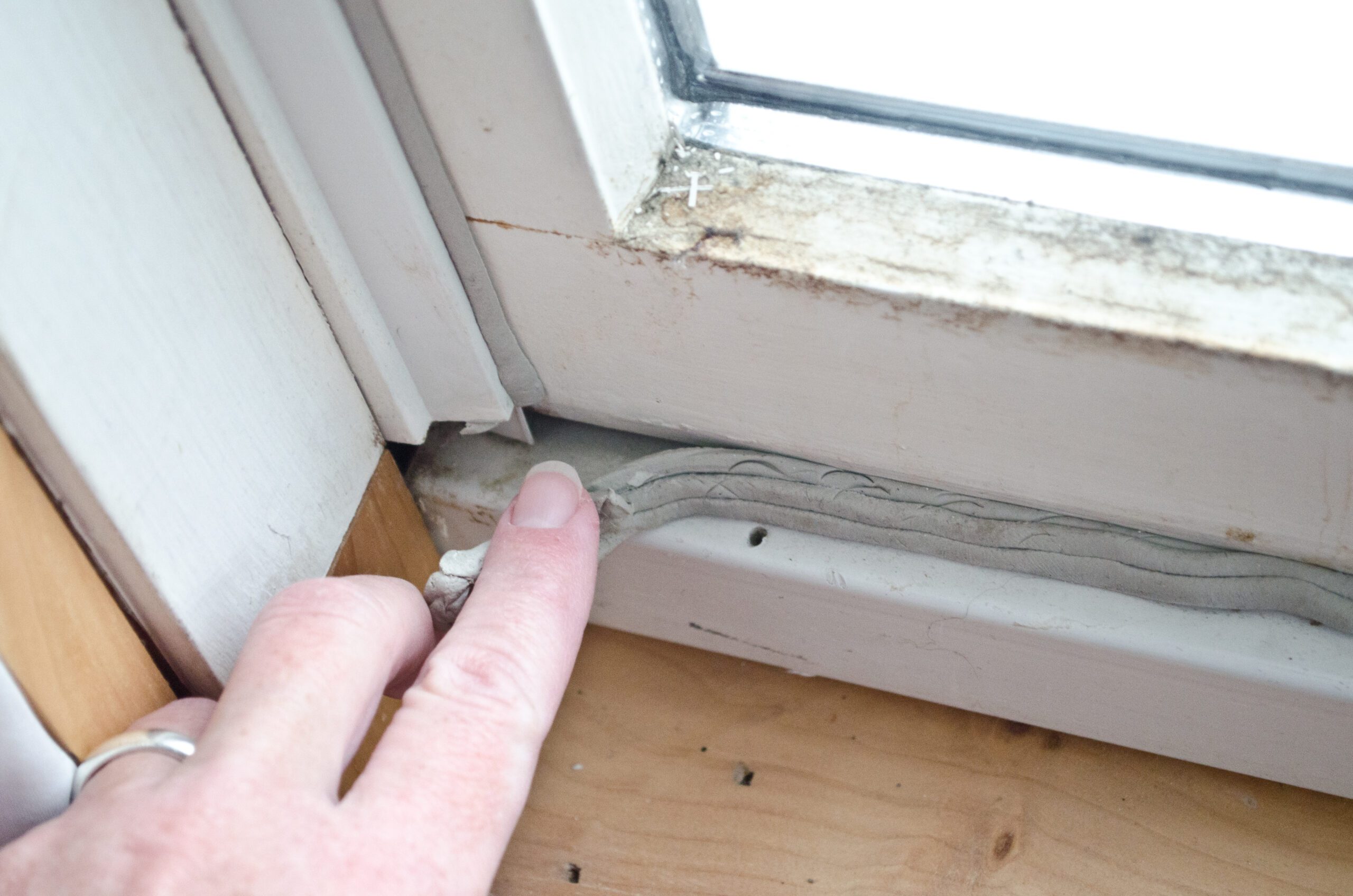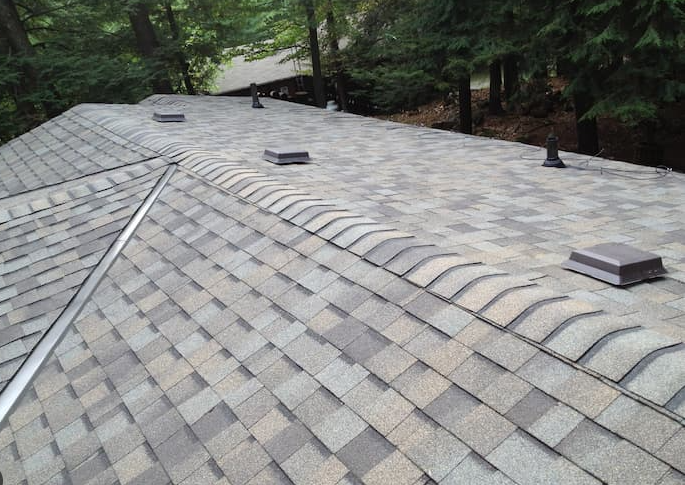Navigating the Insurance Claim Process for Storm Damage Repairs
Learn how to successfully navigate the insurance claim process for storm damage repairs to your roof and siding.
Understanding Your Insurance Policy Coverage
Before navigating the insurance claim process for storm damage repairs to your roof and siding, it's important to understand your insurance policy coverage. Take the time to review your policy and become familiar with the specific details of your coverage. This will help you know what damage is covered and what is not.
Pay special attention to the sections of your policy that pertain to storm damage, such as wind or hail. Understanding the terms and conditions of your coverage will enable you to make informed decisions throughout the claims process.
Documenting the Storm Damage
When filing an insurance claim for storm damage, it is crucial to document the extent of the damage to your roof and siding. This documentation will serve as evidence for your claim and help ensure that you receive the appropriate compensation.
Start by taking clear and detailed photographs of the damage. Capture images from different angles and distances to provide a comprehensive view. Additionally, make a written inventory of the damage, noting any missing shingles, dents, cracks, or other visible signs of storm-related issues.
If possible, gather any supporting documentation, such as weather reports or witness statements, to strengthen your claim. The more evidence you can provide, the better chance you have of receiving a fair settlement.
Filing Your Insurance Claim
After documenting the storm damage, it's time to file your insurance claim. Contact your insurance company as soon as possible to report the damage and initiate the claims process.
When speaking with your insurance company, be prepared to provide them with the documentation you gathered, including photographs and a detailed inventory of the damage. Describe the incident and explain the circumstances surrounding the storm damage.
Follow the instructions provided by your insurance company for filing the claim. Be sure to meet any deadlines and provide all necessary information. Keep a record of all communication with your insurance company, including the date, time, and names of any representatives you speak with.
Remember to remain patient throughout the claims process, as it may take some time for your insurance company to assess the damage and determine the appropriate compensation.
Working with Insurance Adjusters
Once you have filed your insurance claim, an insurance adjuster will be assigned to assess the damage to your roof and siding. The adjuster will schedule a visit to your property to evaluate the extent of the storm damage.
During the inspection, it is important to accompany the adjuster and point out any areas of concern. Provide them with the documentation you gathered and answer any questions they may have. Cooperate fully with the adjuster and provide any additional information or evidence they request.
After the inspection, the adjuster will prepare a report detailing the damage and their recommended compensation. Review the report carefully and compare it to your own documentation. If you believe the recommended compensation is insufficient, don't hesitate to negotiate with your insurance company. Provide any additional evidence or expert opinions that support your case.
Remember, the goal is to reach a fair and equitable settlement that adequately covers the cost of your roof and siding repairs.
Completing Repairs and Receiving Payment
Once you have agreed upon a settlement with your insurance company, you can proceed with the repairs to your roof and siding. It is important to hire a reputable contractor who specializes in storm damage repairs and is experienced in working with insurance claims.
Before starting the repairs, notify your insurance company and provide them with the contractor's estimate. They may require additional documentation or approval before work can begin.
Throughout the repair process, keep your insurance company informed of any updates or changes. Maintain records of all expenses related to the repairs, including invoices and receipts. This documentation will be necessary to receive payment from your insurance company.
Once the repairs are complete, notify your insurance company and request a final inspection. The adjuster will assess the repairs and verify that they were completed according to the agreed-upon scope of work. Upon approval, you will receive payment for the repairs.
Remember to keep copies of all correspondence and documentation related to your insurance claim and repairs. This will help ensure a smooth process and provide evidence in case of any disputes.



